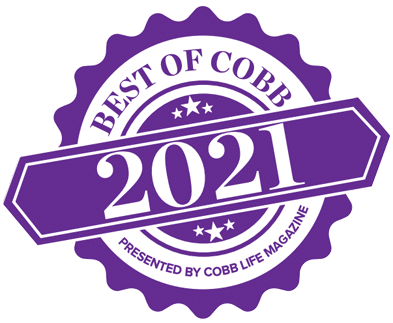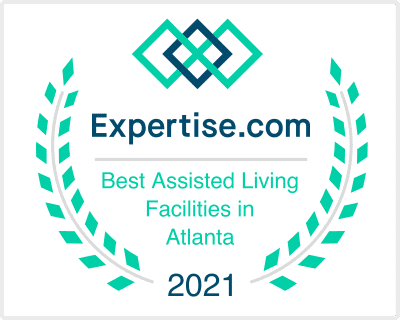Have you ever heard a song, and though you had long since forgotten it, been transported instantly to a time and place. Recalling, despite the dusty residue of time on its words, every note of the melody and more still, the notes of your heart in that original moment?
It’s no accident. It is the basis of much scientific study and research, including some done here at Woodland Ridge.
“It was incredible. Most of the individuals we worked with were in uncommunicative stages of life with Alzheimer’s disease or Dementia. But the music of their formative years awakened a sense of present connection; the music stirred their spirits awake” said Beth Kochin, one of the graduate students involved in a MUSIC & MEMORY℠-inspired project delivered by Georgia State University’s School of Physical Therapy to several residents within our Memory Care program at Woodland Ridge.
The program was based on the MUSIC & MEMORY℠ model, which helps elders in care facilities suffering from a wide range of cognitive and physical challenges to find renewed meaning and connection in their lives through the gift of personalized music.
The approach was simple, elegant and effective: the students of Georgia State’s graduate PT program trained our staff to set up personalized music playlists for residents. These musical favorites tap deep memories not lost to dementia and can bring residents and clients back to life, enabling them to feel like themselves again, to converse, socialize and stay present.
It’s no accident that the results were astounding! Music & Memory’s work is rooted in extensive neuroscience research. The results can be nothing short of miraculous.
When Beth Kochin and her teammates came to Woodland Ridge, they looked to identify (with our help, and all appropriate permissions) perfect candidates for the MUSIC & MEMORY℠ program. The ideal resident is those further in the development of Alzheimer’s and Dementia-related symptoms; the team focused mostly on non-verbal dementia patients. They looked at the resident’s life story as provided by family, and based music selections on those stories, the time and place in which they would have occurred, and the notes on known preference from staff.
In the end, the group selected and loaded 55-75 songs per resident onto a fleet of shiny little iPods, and left the devices with staff for two weeks. The team at Woodland Ridge was asked to play the songs selected for each individual in increments of 30 minutes to an hour, and to fill out questionnaires to document each session.
The experience was noteworthy in its results.
While we do music therapy already at Woodland Ridge, the outcomes associated with the MUSIC AND MEMORY approach were significant. In the past, music in the Alzheimer’s & Dementia Care wing of Woodland Ridge is either a group activity or a function of SimpleC cues in the individual’s room.
“The difference was in the headphones,” said Keeta at Woodland Ridge. “Perhaps the music is easier to hear, or is more immersive than the sounds of a common area stereo or a bedroom television. Whatever it is, hearing the soundtrack of their life, and seeing the profound reactions – it brings out the best in all of us.”
Residents who participated were noted as calmer and more filled with joy and laughter. Several who do not communicate often or with ease were noted to verbalize extensively – a rare instance worthy of any effort in preparation. But the spirit of the participating residents – that happiest of celebrations leaping forth from within – was like magic. It was further proof that the human soul, no matter the ailment, cannot forget joy, will always seek peace, and can forever find solace in the soundtrack of life’s notes long-cherished and not soon forgotten.
Want to learn more? Get in touch!
- Eating Right is Eating Well - March 15, 2019
- Ginger – March Resident of the Month - March 1, 2019
- Tracy Williams – March Employee of the Month - March 1, 2019



